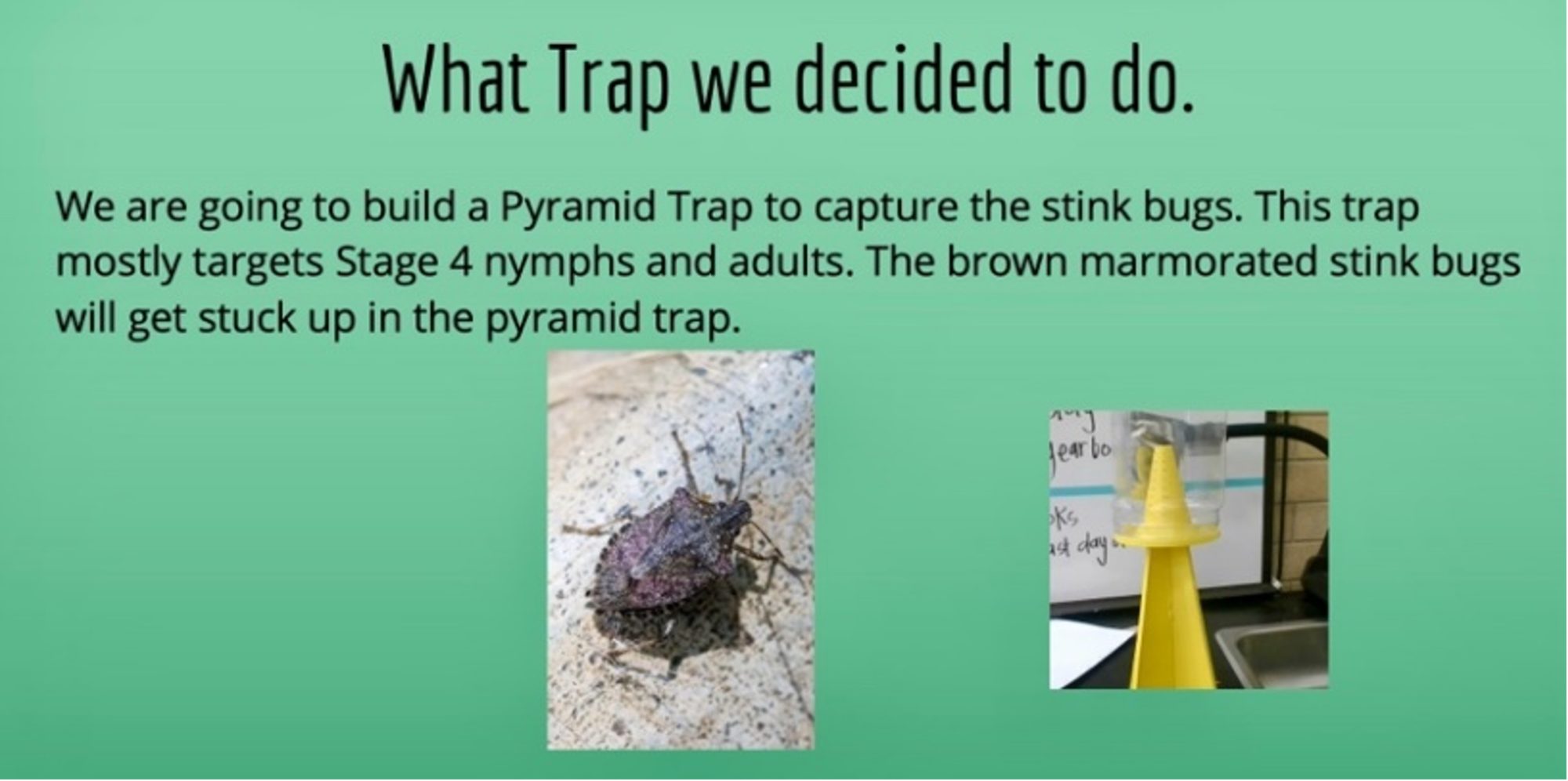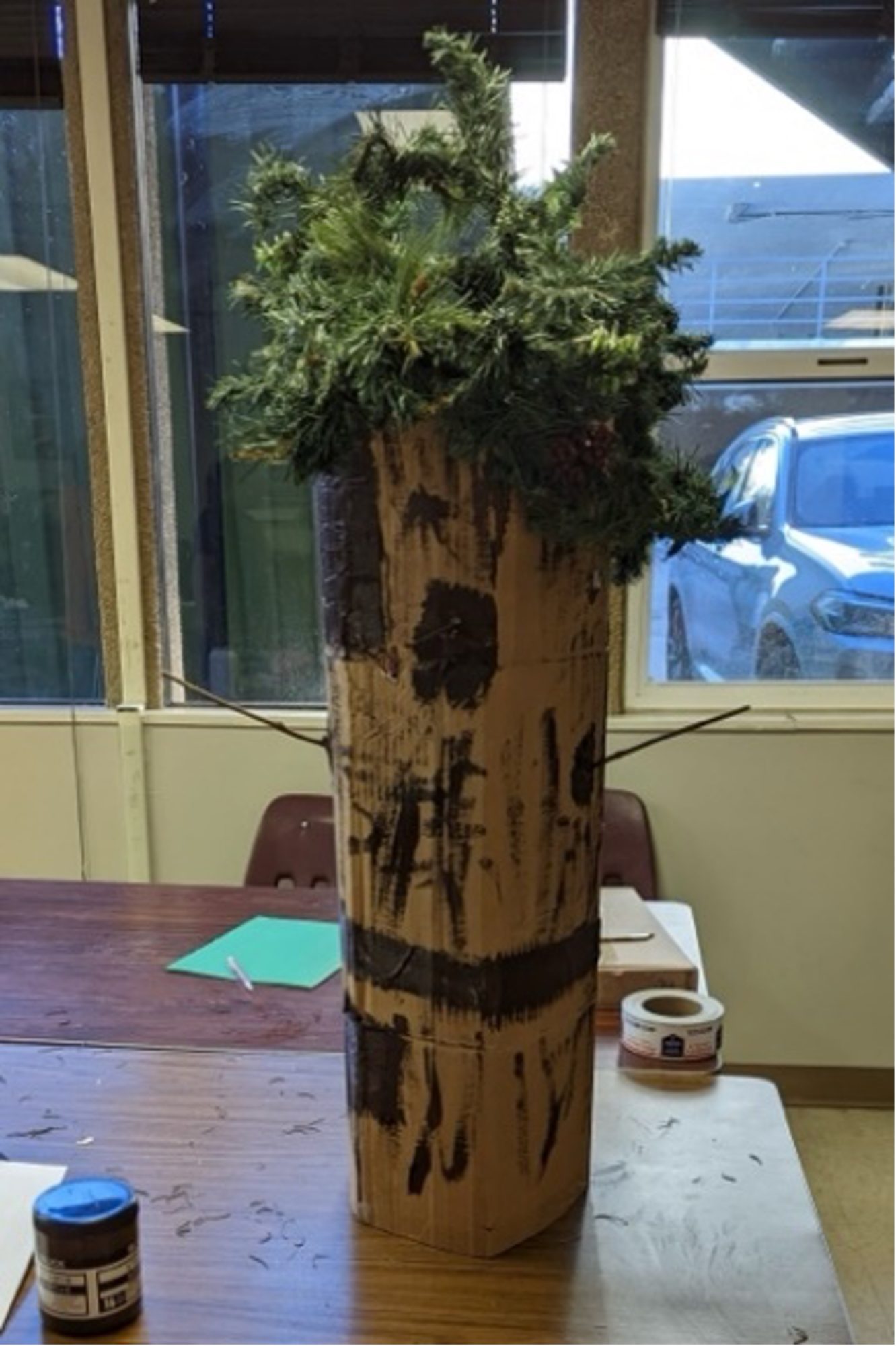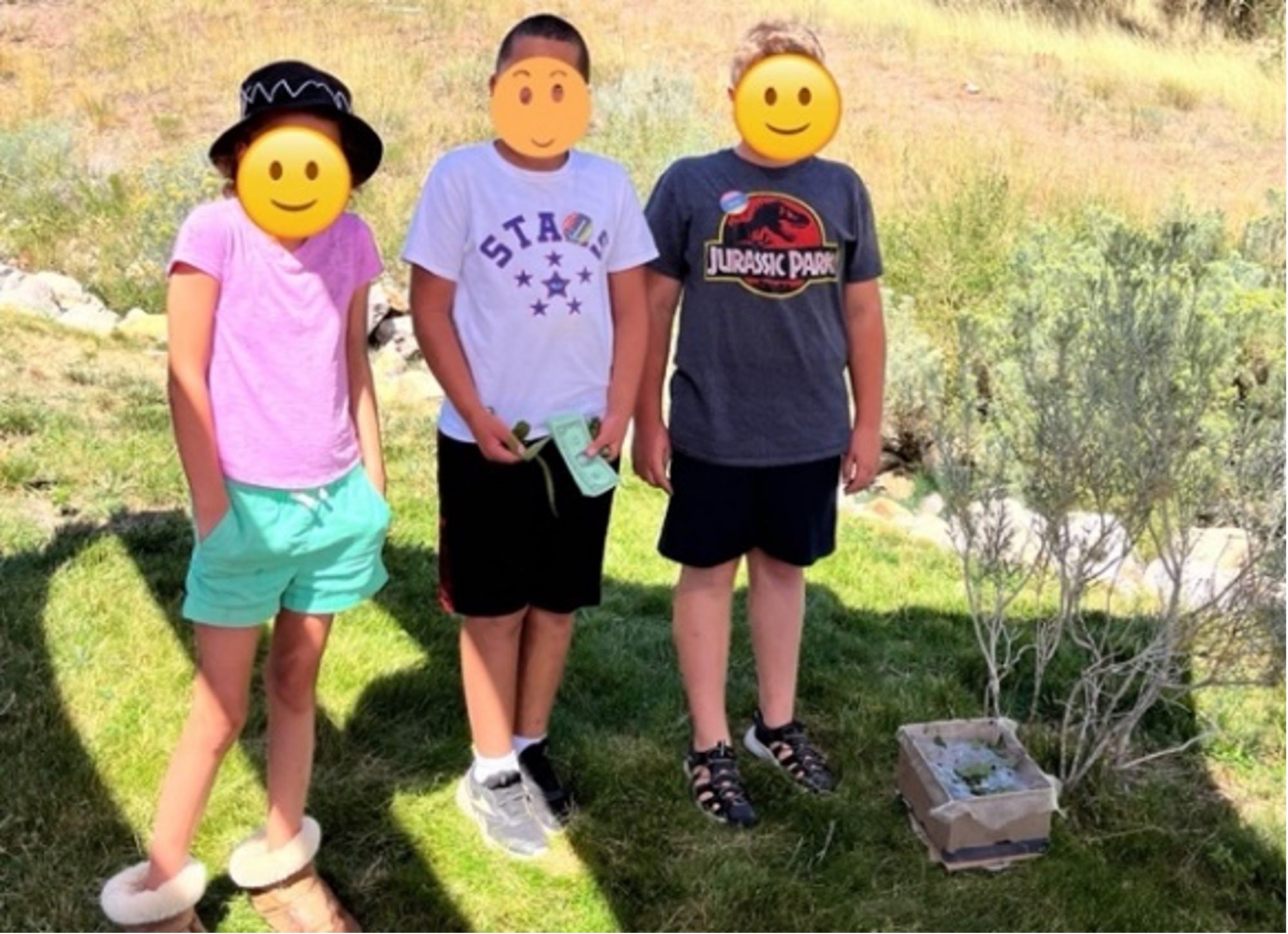The US National Science Foundation has initiated the National STEM Teacher Corps program to support STEM teachers. Nancy Butler Songer, Associate Provost of STEM Education, discusses her efforts to assist primary school teachers in guiding young children to create solutions for local environmental issues
In many countries, we are challenged by a shortage of well-trained and well-supported teachers. In a 2021 study, more than half (54%) of American teachers surveyed reported their likelihood of leaving the teaching field was somewhat likely or very likely. While American policy documents such as the Framework for K-12 Science Education (NRC, 2012) propose that students learn science and engineering through investigations and design, many classroom teachers lack professional development, time, supportive environments, and resources to champion students’ problem-solving, leading to solutions to local environmental problems.

In addition, many students have a narrow understanding of what engineers do. For example, in a recent activity where we asked young children to draw a picture of one or more engineers, many primary-aged children drew pictures of people who work on robots or on computers as compared to people who solve problems within and across many areas, including medicine and environmental science.
The National STEM Teacher Corps
To address this issue, the United States National Science Foundation has established a new program to recruit, support, and elevate primary and secondary teachers in science, technology, engineering, and mathematics (STEM) called the National STEM Teacher Corps (NSF, 2024). Regional teams will focus on specific priorities, including the priorities we have chosen: Primary school teachers’ instruction of young children in their design of solutions to local environmental issues.


We selected these priorities to address findings realized through a review of two decades of engineering education research (Sneider et al., 2021). In this study, among other findings, researchers found that a) developing interest in engineering at an early age is essential for later engagement, and b) high-quality engineering instruction rarely occurs with young children, with particularly pronounced opportunity shortages among girls and students from low-income families. In addition, the most recent version of the National Science Standards in the United States includes engineering design as a component of science (NGSS Lead States, 2013). This view recognizes that even as many problems in the real world emphasize the natural integration of science and engineering, curricular programs in primary school rarely emphasize this integration. Activities that fluidly integrate science and engineering are important as ‘Science is an essential tool for solving the greatest problems of our time and understanding the world around us.. [it] enables people to address complex challenges in local communities and at a global scale, more readily access economic opportunity and rein in life-threatening problems such as those wrought by a global pandemic.’ (NRC, 2021).
In our integrated science and engineering program for primary children called Invasive Insects, teams of young students conduct research on one local invasive insect. Their research explores whether their species is disruptive to local ecosystem stability or has an economic impact (e.g., harmful to local agriculture). Student teams create at least three possible designs and build at least two versions of traps to mitigate local insect populations. Trap designs are evaluated between builds on several criteria, including checks for which design is easiest to build, which might need the fewest repairs, and which traps will be sure to attract their insects.
Over several implementations of our program, we realized the importance of student teams’ reflection on several aspects of their designs, including creativity and the effectiveness of their traps. A focus on creativity resulted in a wider range of trap designs, including some focusing on particular shapes (pyramids) to prevent the insect from leaving, while others were designed to attract their insect through a camouflage effect (the trap is designed to look like a tree). The unit concludes with presentations to local community members and scientists to educate others about their trap designs and findings.


Design-Based Research studies
We conducted research studies over three cycles of Design-Based Research (The Design-Based Research Collective, 2003) with 554 students who used our Invasive Insect integrated science and engineering program. Results demonstrated significant improvements in student learning outcomes in each cycle, with the most substantial outcomes in the third cycle when all students built and reflected on at least two versions of their insect traps.
While we were pleased with our student learning outcome results, we also recognize the importance of our system of support for our teachers, which enables our program’s success. In alignment with the National Science Foundation’s new National STEM Teacher Corps Pilot Program, we cannot merely create outstanding programs for students. We must provide systems of support for our teachers that include time and the opportunity to take risks, school district and building administrative support to try new pedagogical approaches, and the benefits of a professional community.
References
- Design-Based Research Collective (2004) Educational Researcher, (32)1, 5-8.
- National Research Council [NRC]. (2012). A framework for K-12 science education: Practices, crosscutting concepts, and core ideas. The National Academies Press.
- National Research Council [NRC]. (2021). Call to action for science education: Building opportunity for the future. National Academies Press.
- National Science Foundation National STEM Teacher Corps Pilot Program (NSF, 2024). (https://new.nsf.gov/funding/opportunities/national-stem-teacher-corps-pilot-program).
- Sneider, C. I., & Ravel, M. K. (2021). Insights from Two Decades of P-12 Engineering Education Research. Journal of Pre-College Engineering Education Research (J-PEER), 11(2), Article 5. https://doi.org/10.7771/2157-9288.1277

This work is licensed under Creative Commons Attribution-NonCommercial-NoDerivatives 4.0 International.



